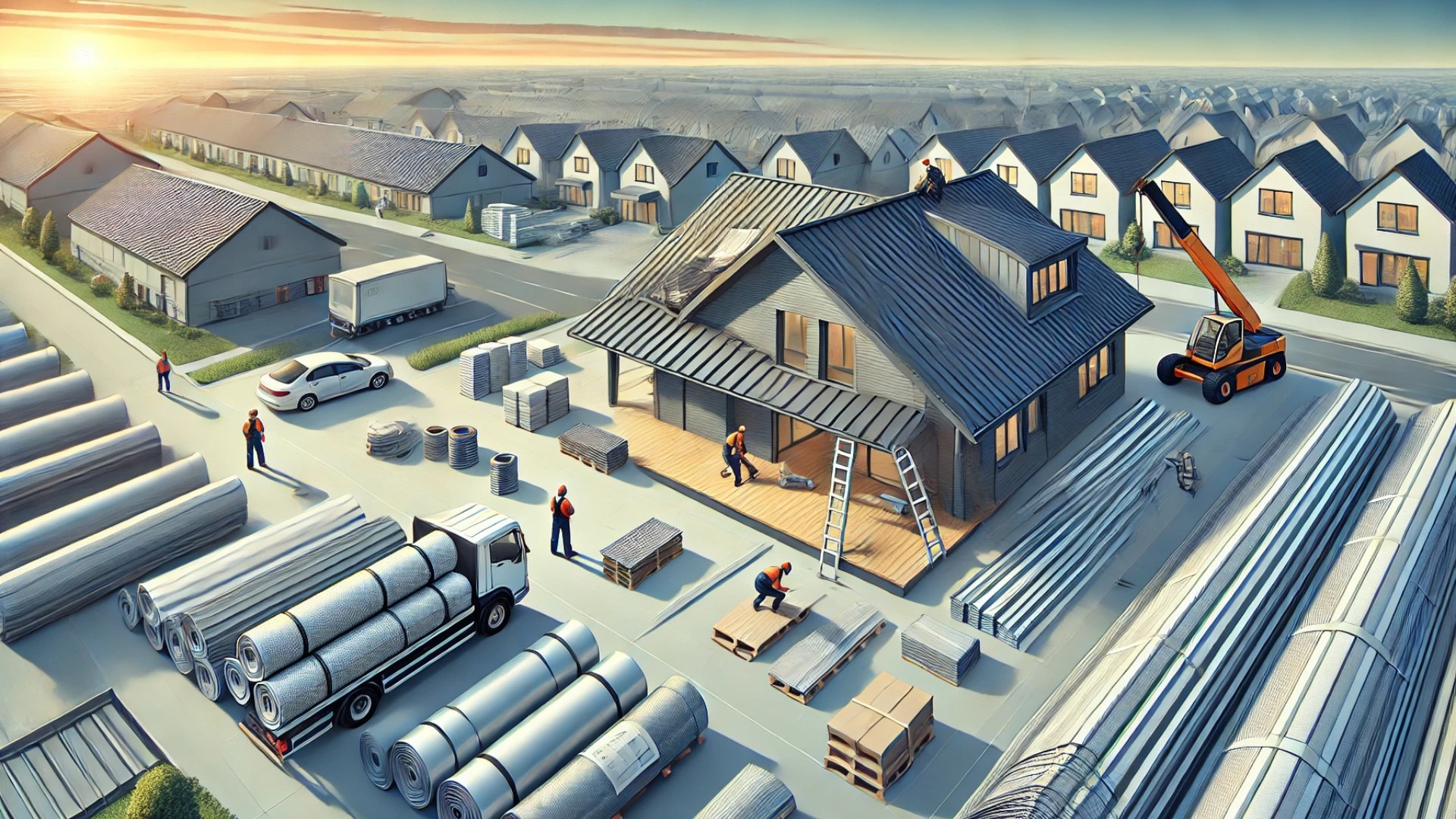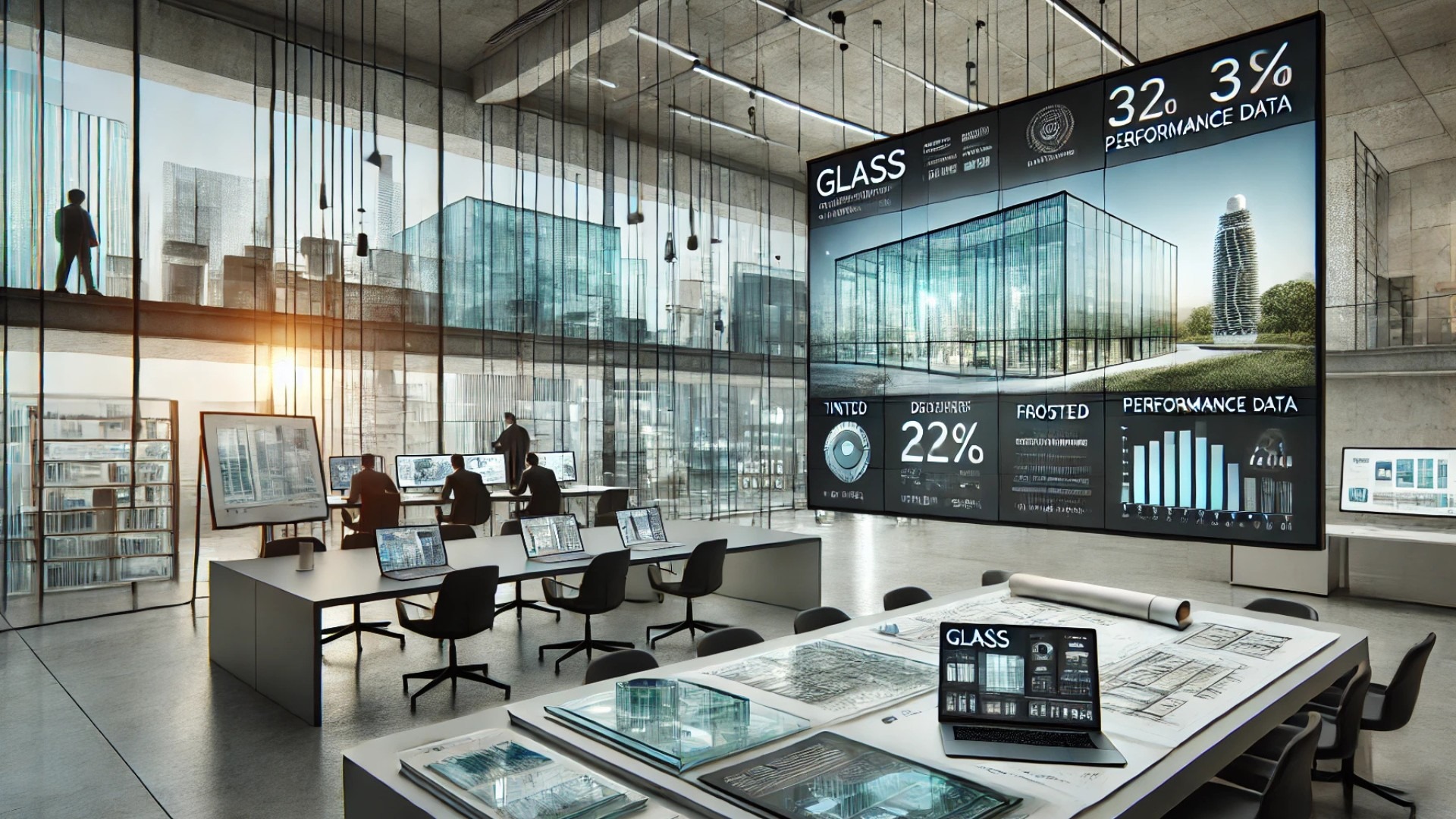
The Rise of New Residential Structures in Urban Development
As urban centers adapt to growing populations and the demand for modern living spaces escalates, the introduction of significant residential projects, such as Dyer Wharf’s upcoming twelve-story residential building, signals a shift in architectural trends. This new addition to the skyline is poised to not only meet residential needs but also set a benchmark for future developments.
Architectural Innovation and Community Impact
The design of Dyer Wharf's structure embodies the essence of contemporary architectural innovation, aligning with urban aesthetics while addressing the necessity for efficient living spaces. With carefully considered materials and design elements, the residential building aims to enhance community interactions and urban connectivity. Notably, the incorporation of sustainable practices in construction will likely add value to the property over time, a crucial factor in today’s environmentally-conscious market.
Financial Implications of New Developments
From an investment perspective, the construction of such an upscale residential facility can significantly influence local property values. Increased residential development often leads to an uptick in surrounding real estate prices, attracting more affluent residents and fostering a diversified economic base. Those contemplating investments in adjacent properties should consider how Dyer Wharf's innovative construction will serve as a catalyst for long-term value enhancement.
Future of Urban Living: Trends to Watch
With metropolitan areas constantly evolving, the upcoming residential project serves as a predictor of emerging trends in urban living. Trends such as mixed-use developments, integration of green spaces, and smart home technologies are likely to gain momentum as developers respond to changing consumer preferences. Dyer Wharf’s initiative is a clear stance on maintaining a modern lifestyle, promoting both sustainability and luxury.
Understanding the Importance of Quality Construction
High-quality construction practices play a pivotal role in ensuring the longevity and sustainability of residential buildings. Aspects such as roofing materials, insulation efficiency, and structural integrity directly affect not only the immediate comfort of the residents but also the long-term maintenance costs. For stakeholders considering investments in this space, assessing the quality and durability of construction will prove vital in safeguarding their investments over time.
Take Action: Explore Your Investment Options
As Dyer Wharf’s twelve-story residential building prepares to begin construction, it's an opportune moment for potential investors to explore the ramifications of such developments in their financial planning. Leveraging data and insights from urban trends and construction quality can empower prospective buyers and investors to make informed decisions that align with their investment goals.
 Add Row
Add Row  Add
Add 

 Add Row
Add Row  Add Element
Add Element 




Write A Comment